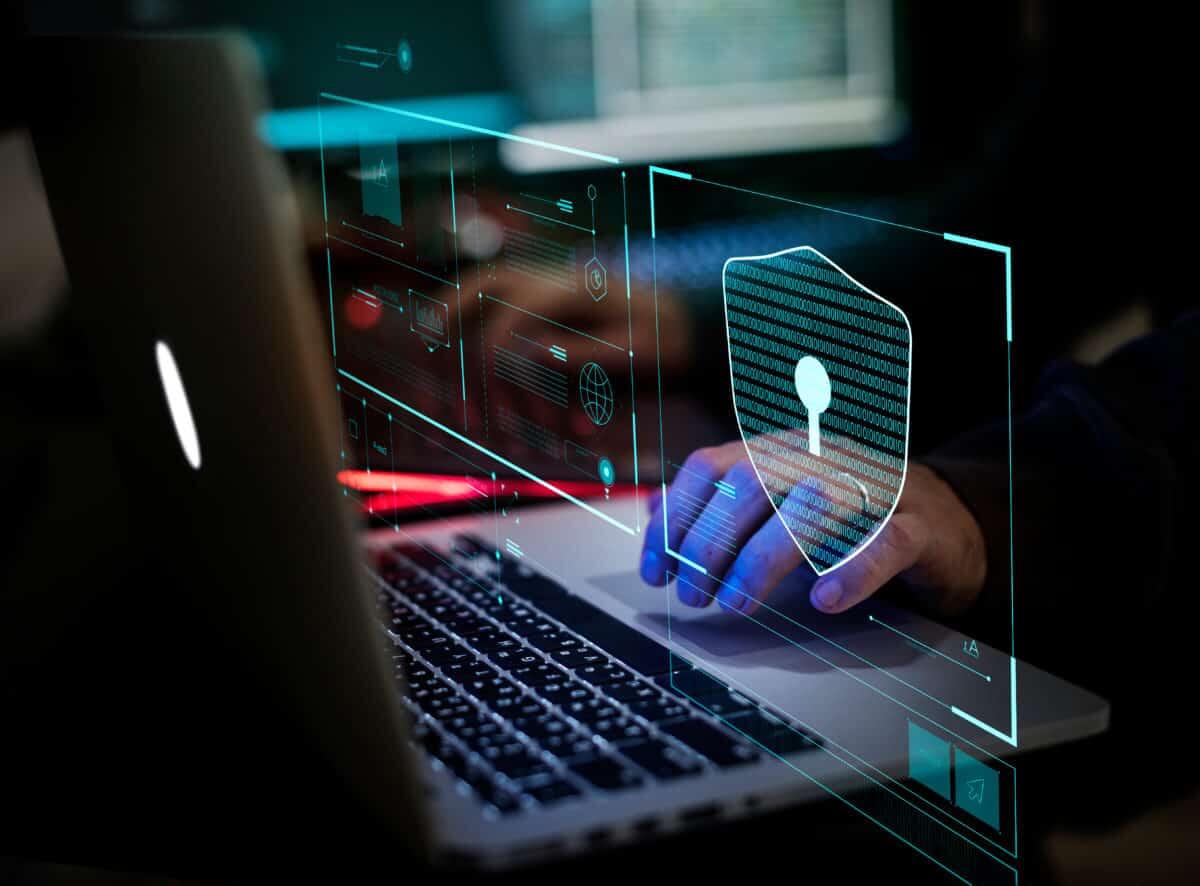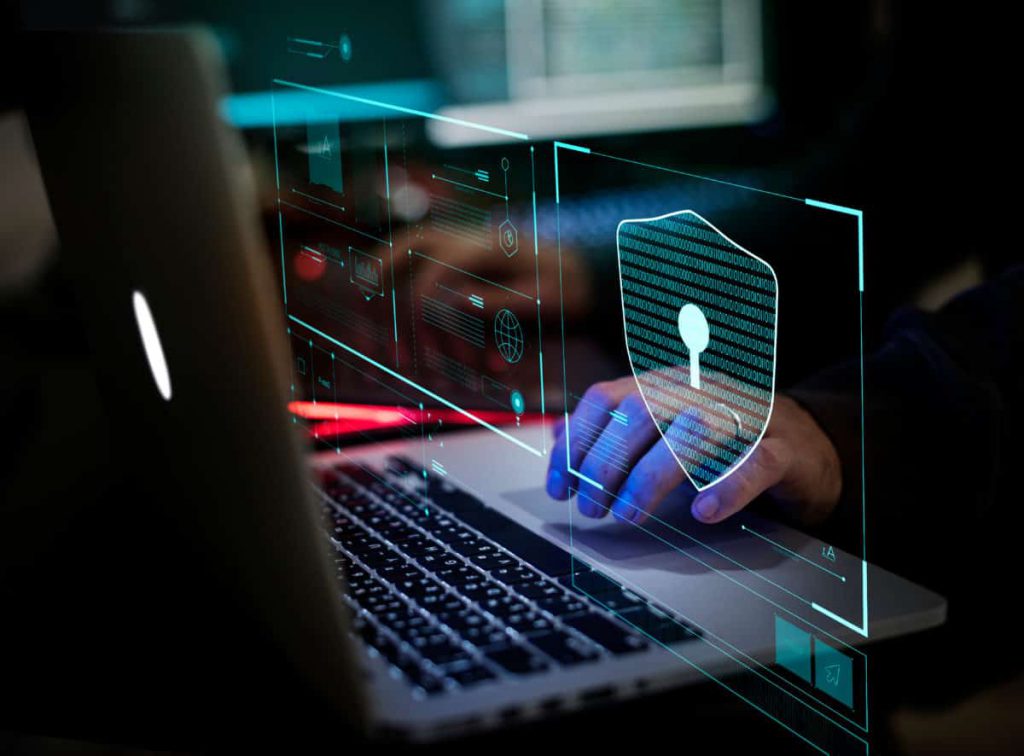
How to prepare for cyberattacks
As Russia’s invasion of Ukraine enters its third week, fears of a massive cyber offensive against Ukrainian and NATO targets remain unfulfilled. However, the relative calm on the cyber front does not mean that accountants, their firms, and their employers can relax.
Accounting professionals must remain aware – and wary – of the growing threat posed by Russia-backed cyberattacks. Just because cybercriminals aren’t making much noise doesn’t mean they’re not moving.
Supply chain attacks coexist with state-sponsored cyberattacks. These attacks by bad actors aim to cause significant, widespread disruption and damage. What better way to have that impact than to target a joint vendor, supplier, or other third party used by a wide range of organizations in various industries? Bad actors can cause widespread damage by attacking a shared third party employed by thousands of organizations simultaneously. It can be a quick and efficient way for attackers to achieve their objectives.
No industry is safe
It is critical to understand that businesses in the wood industry are not immune to cybercrime. Lumber and building material dealers must also understand that cyber-attacks are costly and can also halt trade and cause significant reputational damage to the victim company.
In 2019, a hardwood flooring retailer was the victim of a malware attack, which caused a portion of their network to shut down for several days. Fortunately, most of the company’s data, such as sensitive customer information, was stored on an external network. Increased security protocols could have prevented a worse outcome. It speculated that it was a ransomware attack in the days that followed, but the company had a plan and acted quickly.
As the workforce continues to shift, remote workers and increased online communication may leave some lumber and building material dealers unsure where to begin. Ensuring that employees use secure Wi-Fi networks, confirming that your company has access to secure servers, and ensuring that your company implements software to allow employees to communicate safely are just a few factors.
Cybercriminals will seize any opportunity to infiltrate an organization regardless of a target’s job title or decision-making status. Everyone is at risk. Indeed, many cybercriminals do not even know what company, large or small, they have targeted until they have access to their data.
Is Cyber Insurance right for your business?
Insurance can provide assistance and protection against a variety of attacks. A lumber and building material dealer’s existing insurance policy may offer some cyber coverage, but it may not be enough to meet the needs of the business. Owners and operators should inquire with their broker or insurer about their coverage if any.
The most critical aspect of responding to a cyber-attack is to act quickly and effectively. Cyber liability insurance can assist with data recovery, system restoration, and response costs. When an attack occurs, restoring a system to operational status, communicating with the public and stakeholders, providing credit monitoring services, and navigating potential lawsuits require careful attention. Remember that cyberattacks are complex, and when sensitive information is compromised, the reputational damage can occur. Victims of attacks must ensure that their employees and customers are kept up to date to rebuild trust. A cyber liability policy can help ensure a plan in place and financial insurance to streamline response and keep business operations running.
Security strategies
The first step is to become aware. You can’t successfully mitigate threats unless you know what they are. As previously stated, many attacks begin with social engineering. This phishing email makes its way past the email filter and into the hands of an employee who is unaware it is malicious. It is critical to provide your end-users with basic cybersecurity hygiene knowledge. Help them understand that they are just as crucial to your organization’s security as your firewall. They are your organization’s human barrier.
Second, you must address your vulnerabilities. Again, knowing your vulnerabilities is the first step. If you can perform external and internal vulnerability scanning, do so regularly.
As soon as possible, resolve any configuration issues or vulnerabilities caused by outdated systems. Then, scan again to ensure that you’ve adequately addressed the vulnerability. If this type of scanning is not an option for you, look into other options. Do you have any other tools that can help you gain these insights? Do you keep an eye out for alerts from vendors, news sources, and other information-sharing groups that can assist you in identifying threats to which you may be vulnerable? All of these things can help you become more aware.
It’s also a good idea to go over your patch and anti-malware management procedures again. Many vulnerabilities arise due to outdated systems, and bad actors and malware can frequently exploit these vulnerabilities. Organizations must also refocus their efforts on detection and response. With the world as it is now, especially with ongoing conflicts, incidents are no longer a question of “if,” but of “when.” If they haven’t already, businesses will face some form of cyberattack at some point. Preventive controls receive a lot of attention. While they should be an essential part of any control framework, it’s also necessary to identify when a preventive control has failed.
Are you successfully keeping an eye on these areas for potential intruders? Are you keeping track of them in a way that allows you to respond quickly and effectively? One of the essential things finance executives and accountants who advise businesses can do is advocate for cybersecurity, whether internal or external to a company, finance, and accounting professionals regard as trusted advisors. While they may not be responsible for all aspects of cybersecurity and how specific threats should mitigate, understanding the dangers and their potential impact on the organization is a critical first step.
Talk about these concerns with the leaders of the organizations you work with. These leaders will be the key decision-makers guiding cybersecurity investments, and you can assist them in understanding why cyber threat mitigation should prioritize.
To sum up
Increases in the cybersecurity budget are not only needed now but have been for a long time. Not every organization has the financial resources to put some of the measures discussed into action. However, organizations should not be discouraged from taking whatever steps they can.
Increase employee threat training in your organization. Talk to your business leaders about the threats to establish a security culture. Understand what assets in your organization must protect and the most significant threats. Organizations that may not implement specific technical controls must be aware. Make sure you have enough layers so that if one of your primary controls fails, you have backup power to reduce the risk and impact. What is currently unattainable may be feasible six months from now.
Cybersecurity controls must evolve in response to changing threats. Rules put in place today may not be adequate in the future to mitigate the same dangers.


